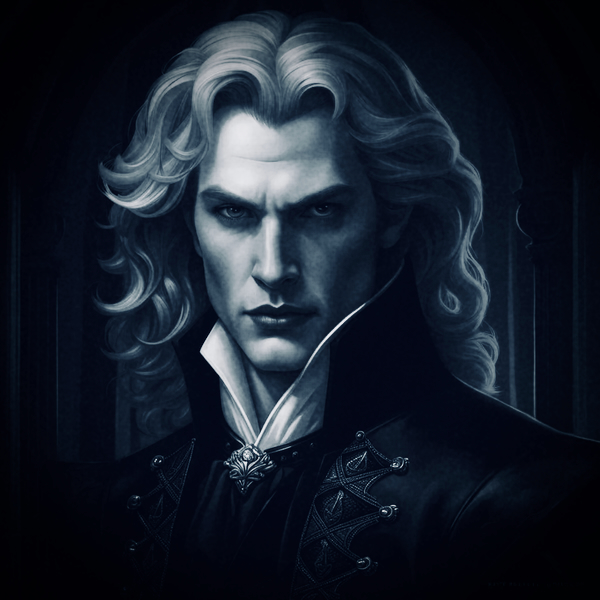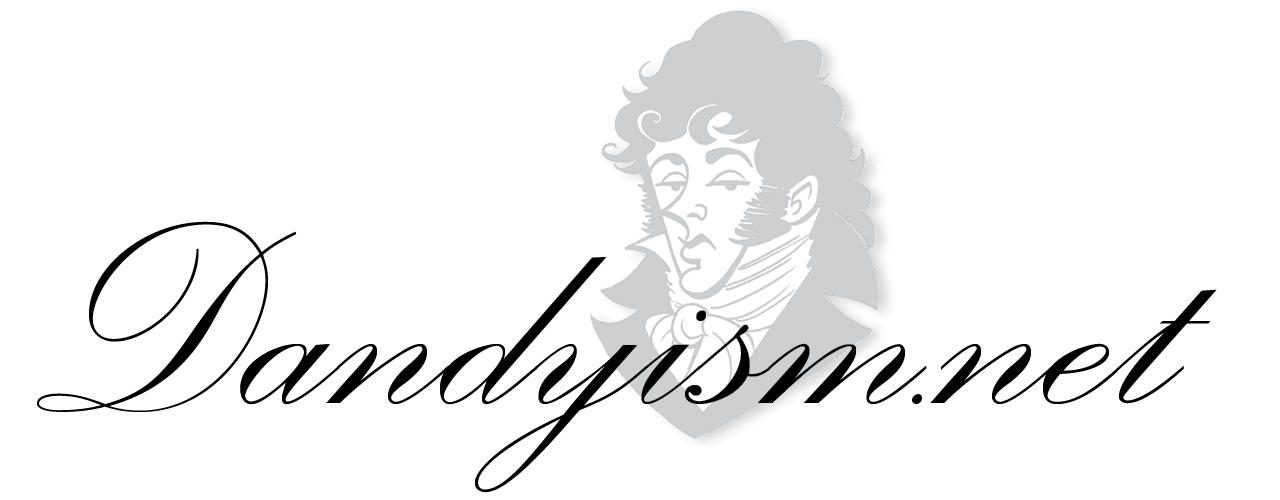 You probably remember the ancient riddle about the traveler who meets a fork in the road and isn’t sure which path to take.
You probably remember the ancient riddle about the traveler who meets a fork in the road and isn’t sure which path to take.
In the kingdom where he finds himself all the people are either liars or truth-tellers, and the traveler must come upa clever question that will set him on the right path regardless of whether the person he asks for help is honest or dishonest.
You’re probably starting to feel like that traveler, except now the query is turned on you: are you good or evil?
Remember, you’re in the Iron Age; the era of darkness, decadence and dissolution; the Kali Yuga, the time — as the last great alchemist put it — of the Great Magnetic Inversion.
In other words, everything is upside-down. And when that happens, the old rules no longer apply.
In an age when men are encouraged to be sheep, the hapless hero jangles nerves everywhere he goes, for it is written on his brow, molds and shapes his gait, and manifests in his clothing and demeanor. He does not slump and schlep, head bowed in obedience to his device and its content, slovenly in dress and defeated in posture. All he need do is project the most basic human dignity exhibited by his forebears to raise suspicion. Add even a dash of panache — well chosen clothing, fine physique and a bearing of calm self-possession —and people become visibly uncomfortable. Women out for a stroll are apt to tighten in defense at the sight of a man who still harbors the dandyish je ne sais quoi of spiritual virility, and yet every scoundrel with the dress and deportment of the ascendant ethos — tattoos, piercings, torn clothing and alternate gender identities — is “safe.”
For, as Spengler writes in “Decline of the West,” men make history and women are history.
Throughout the 19th century in France, the most sophisticated culture of the time — surely in their own minds, at least — brought about the first great reactions to the advent of global egalitarianism and materialism. Charles Baudelaire, considered the godfather of Modernism for his depictions of the battle of good and evil in the soul of the new modern urban man in the twilight of civilization, is credited with the observation that the devil’s greatest ruse is convincing you he doesn’t exist. Barbey d’Aurevilly, his fellow dandy and arch Catholic Royalist, earned his place in the Sorbonne-endorsed world of French letters with his 1874 story collection “The She-Devils,” which depicted gothic melodrama of man enthralled with women entralled with the devil.
Rather than fight this development, which is something like trying to pull against quicksand, Baudelaire developed a kind of counter-inversion by hailing Satan — not so much the personification of actual evil, but rather the spirit of rebellion. He called Satan of “Paradise Lost,” the figure Milton describes as “majestic though in ruin,” the greatest expression of masculine attractiveness in the history of literature.
Let us acknowledge that twilight is far behind us. The sun is set but the moon is risen. The dandy playgrounds of ballroom and boulevard are all gone, but we may still tap Baudelaire’s spirit of “satanic” defiance in the wake of present circumstances, and stare forward with a cold and steely gaze, disdainful of the surrounding din. — CHRISTIAN CHENSVOLD

